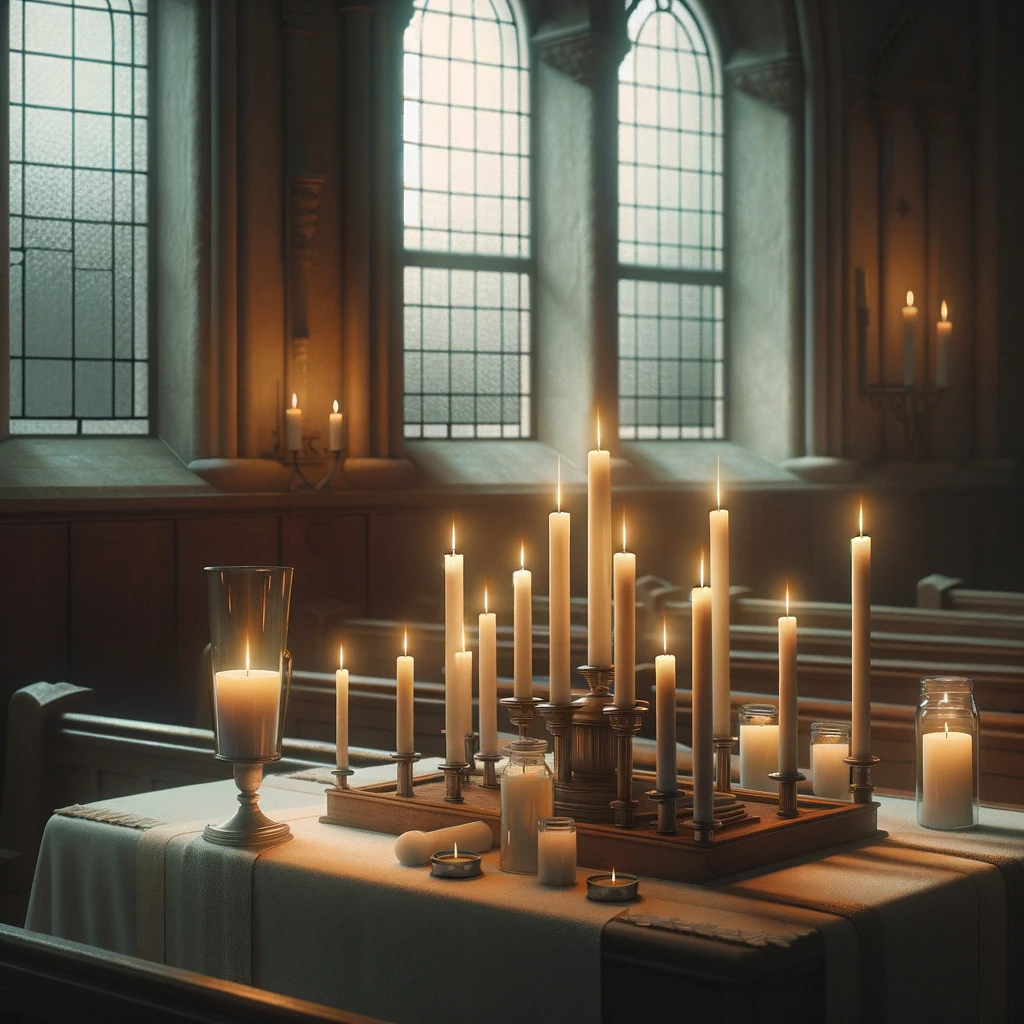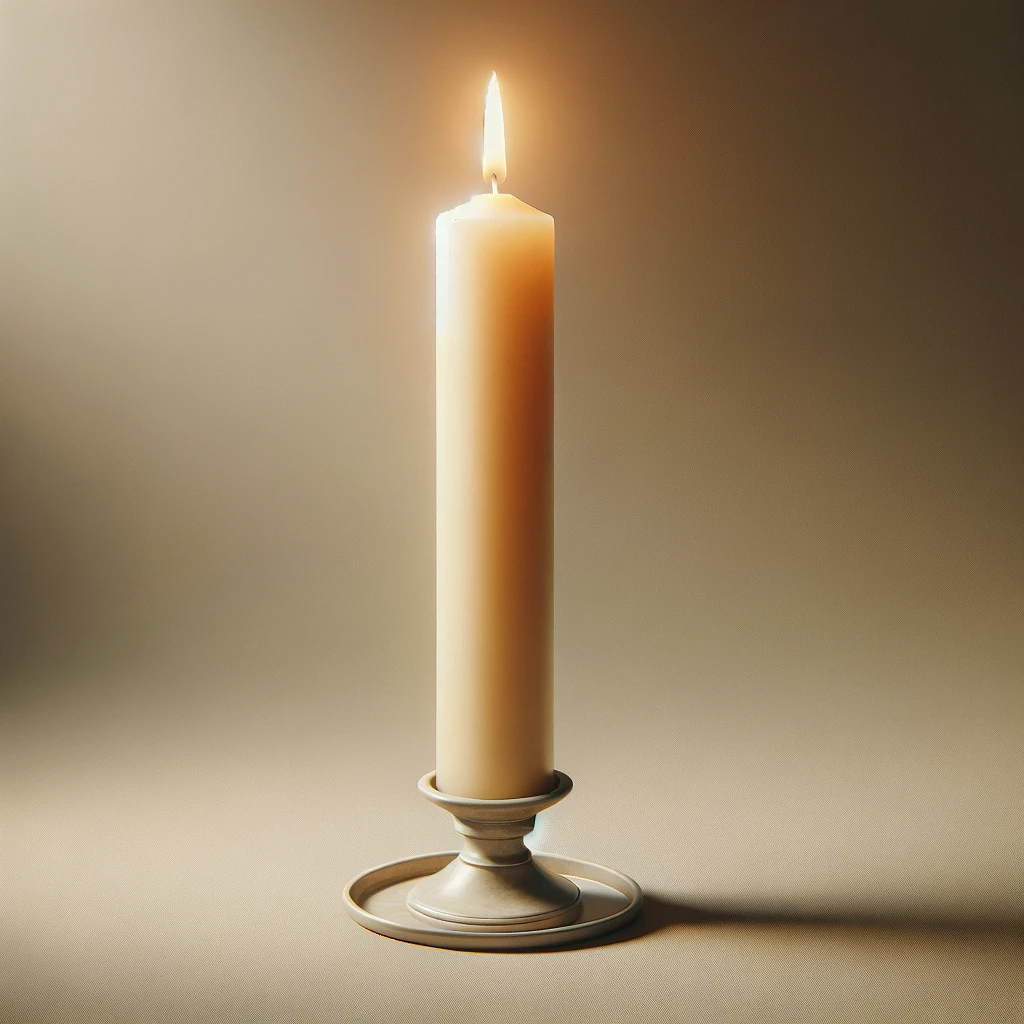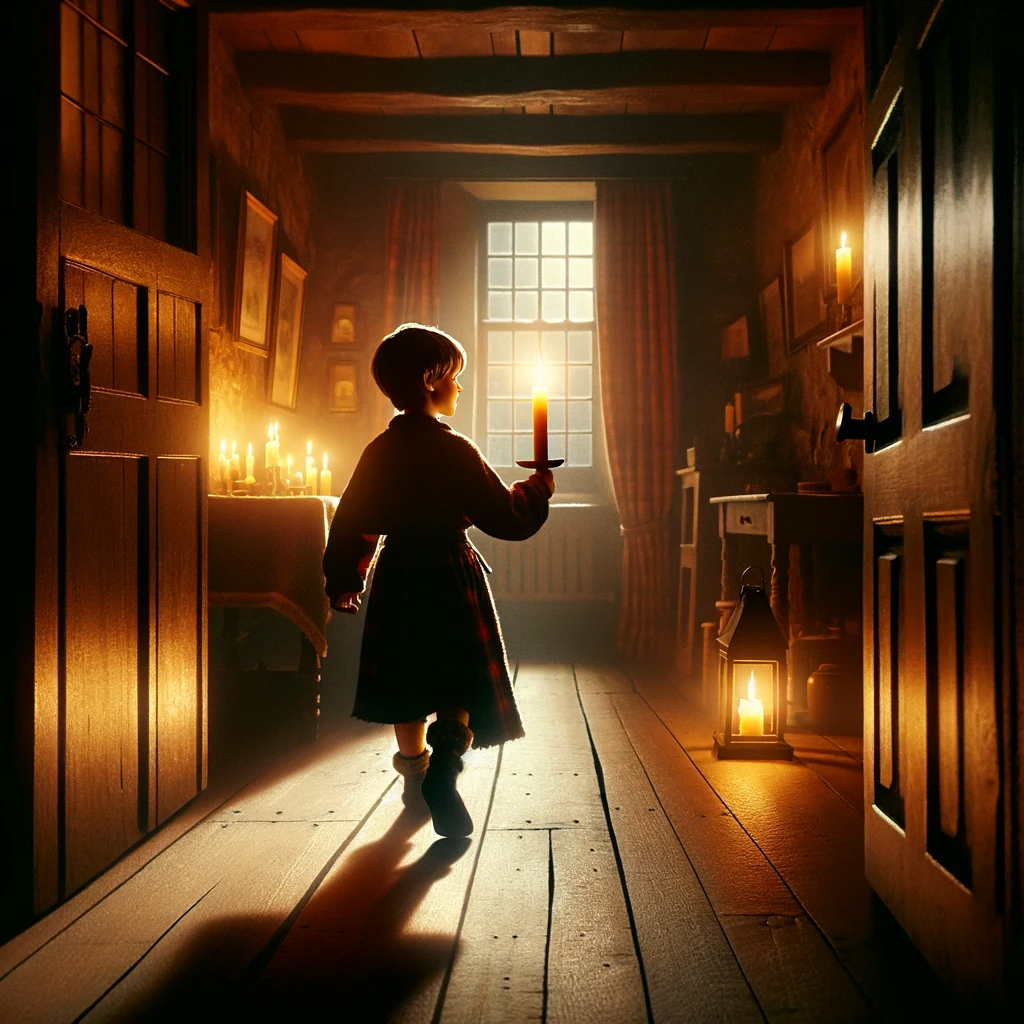
In the heart of winter, when the days are short and the nights long, there is a glimmer of hope that lights up the darkness especially after the Chistmas lights come down. This ancient tradition, known as Candlemas, has been celebrated for centuries, and it continues to hold a special place in the hearts of many. Join us as we delve into the history, customs, and significance of Candlemas, a radiant festival that warms our spirits during the coldest season.
The Origins of Candlemas: The Feast of the Presentation of Jesus Christ and the Feast of the Purification of the Virgin Mary

Candlemas, also known as the Feast of the Presentation of Jesus Christ and the Feast of the Purification of the Virgin Mary, has its roots deep in history and spirituality. It is celebrated on February 2nd, marking the 40th day of Christmas, a day when Mary and Joseph brought the infant Jesus to the Temple in Jerusalem. This observance not only signifies the end of the Christmas season but also commemorates the presentation of Jesus in the Temple, as per Jewish custom. The couple was poor, and as such, they did not bring the traditional lamb as well as a turtle dove or pigeon. Instead, Mary brought the requirement for poor people: either two turtledoves or two pigeons. In addition to the purification of Mary that occurred during the Presentation, Jesus was, in accordance with Mosaic law, presented in the Temple to redeem him as a firstborn son. This was required as a consequence of the firstborn sons being saved by God during the tenth plague.

The name “Candlemas” itself derives from the practice of blessing and lighting candles during the church service on this day. These candles symbolize the light of Christ, dispelling the darkness both literally and spiritually. The tradition of blessing candles is a solemn and beautiful ceremony, where the candles are sanctified for use throughout the year.
Candlemas Traditions and Customs: Kindling the Flame

Let’s explore some of the enchanting customs associated with Candlemas.
Candle Blessing:
The centerpiece of Candlemas is, of course, the blessing of candles. In churches and homes alike, candles are lit and blessed during a special ceremony. These blessed candles are believed to bring protection, warmth, and blessings into the home throughout the coming year.
Creeping of the Candles:
In some parts of the world, particularly in Scotland, there is a charming custom called “creeping of the candles.” A member of the household, often the youngest, carries a candle while walking around the darkened house. This act symbolizes the return of light and the banishment of shadows. Let’s hope they are not afraid of the dark!

Weather Predictions:
Candlemas is also known for its folklore surrounding the weather. The old saying goes,
“If Candlemas Day be fair and bright,
Winter will have another flight;
If Candlemas Day be wind and rain,
Winter has gone and will not come again.”
People believed that the weather on Candlemas could predict the duration of winter. Certainly in Scotland we know that winter rarely ends on the 2nd of February!
Pancakes:
In some countries, especially France, the association of crepes with Candlemas has both historical and practical origins. Legend has it that Pope Gelasius I, in the 5th century, distributed crepes to pilgrims who visited Rome on Candlemas day. These crepes symbolized the round and golden sun, signifying the end of winter and the arrival of spring. This festival is also accompanied by superstitions: If the peasants did not make pancakes on Candlemas, the wheat would be bad the following year.

The Symbolism of Light and Renewal
Candlemas holds a profound symbolic meaning that transcends the boundaries of religion. It represents the triumph of light over darkness, hope over despair, and renewal over stagnation. As we celebrate this festival, we are reminded that even in the darkest of times, there is a spark within us that can light up our path.
In the depths of winter, Candlemas serves as a reminder that spring is on the horizon. The days are getting longer, and the earth begins to stir beneath the frosty surface. It’s a time to reflect on our own lives, to shed the darkness of our doubts and fears, and to welcome the light of new possibilities.
Celebrating Candlemas in the Modern Era
While some may view Candlemas as an old-fashioned tradition, it continues to resonate with people in the modern era. In a world that often feels chaotic and uncertain, the simplicity and beauty of lighting a candle and seeking solace in its glow can be a powerful and comforting ritual.
Many individuals and families still observe Candlemas in their own unique ways. Some attend church services, while others have candlelit dinners or simply light a few candles at home. Regardless of how it’s celebrated, the essence of Candlemas remains the same – a celebration of light, hope, and the promise of brighter days ahead.

The Timeless Magic of Candlemas
As we begin Candlemas, we are transported to a place where tradition and spirituality intertwine. It’s a time when we pause to reflect on the circle of the seasons, to embrace the light within, and to look forward to the arrival of spring. So, on February 2nd, as we light our candles and share in this timeless tradition, let us be reminded that the warmth of Candlemas continues to illuminate our lives, year after year.

